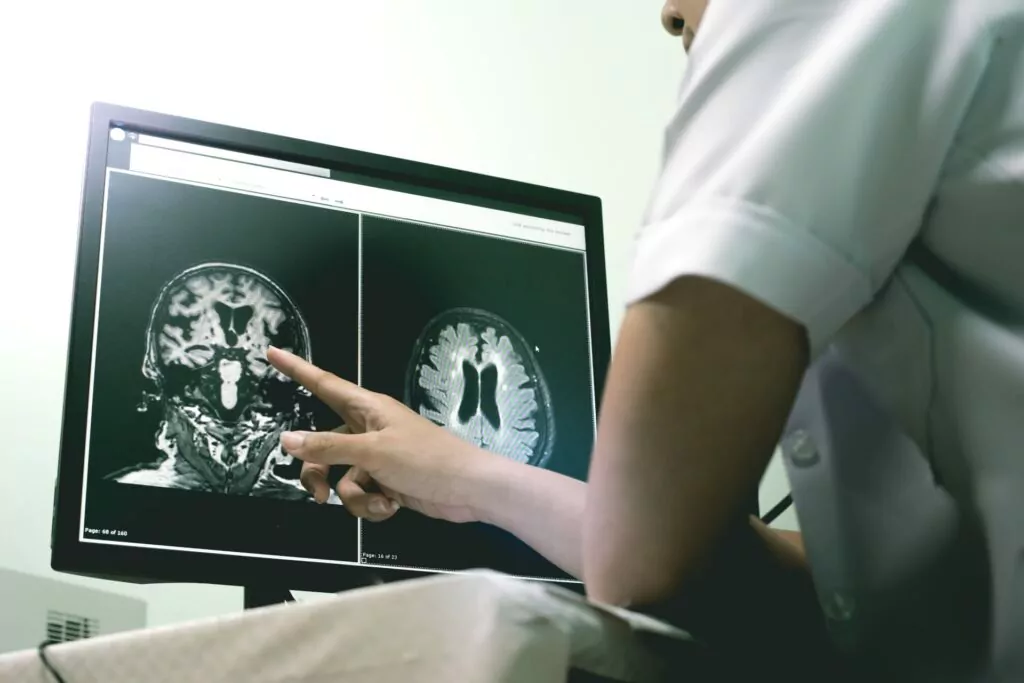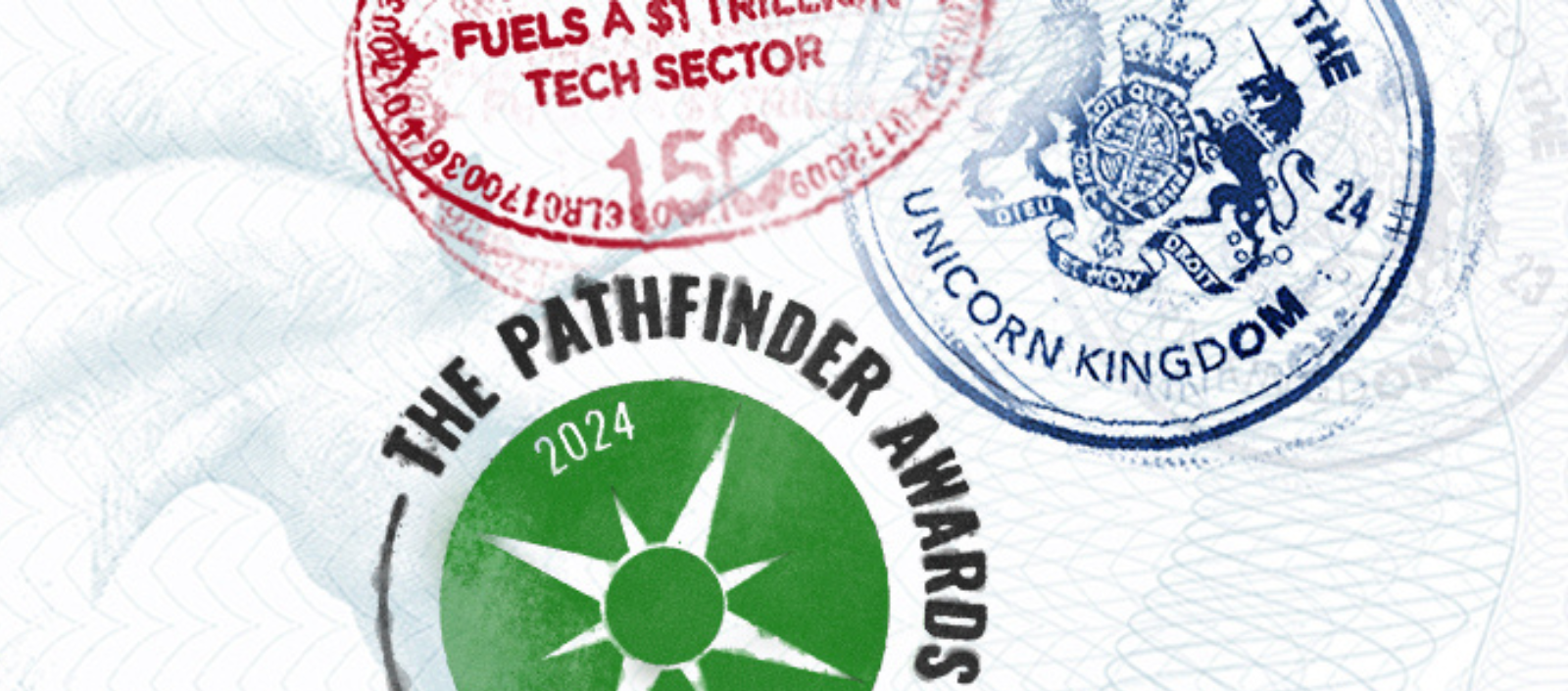Using artificial intelligence, the e-Stroke system enables faster and more accurate diagnosis of stroke patients.
Artificial intelligence (AI) is useful in many fields, including medicine. In the UK, an artificial intelligence system called e-Stroke helps people who have suffered a stroke. With this technology, developed by the company Brainomix, doctors can better treat these patients, thanks to a faster and more accurate diagnosis. It allows, on average, to reduce the time between the first symptoms and the treatment of more than 60 minutes, reducing it from 140 to 79 minutes. The number of stroke patients who recovered with no or mild disability also tripled, from 16 percent to 48 percent.
“Every minute saved during the initial hospital evaluation of people with stroke symptoms can dramatically improve a patient’s chances of leaving the hospital healthy.”says Timothy Ferris, director of transformation for NHS England, an administration independent of the British government, in a release.
Help patients and doctors.
The e-Stroke system enables more patients to receive the right treatment, in the right place, at the right time using AI algorithms. Thus, it provides real-time decision support in the interpretation of brain scans to clinicians. This technology is also a way for stroke specialists to remotely and securely access these brain scans, allowing them to help other hospitals provide patient care. This is particularly useful for clinicians working in integrated stroke care networks. These bring together specialists to ensure more victims receive high-quality specialist care throughout their illness, from pre-hospital to post-stroke life, including early assisted discharge and post-stroke rehabilitation.
The e-Stroke system is among the AI technologies receiving funding from the UK government through the AI in Health and Care Awards scheme. Accelerate the testing and evaluation of promising technologies in the field of health. AI is also the subject of experimentation in this sector in France, with systems that aid diagnosis in medical images or in service management. Among them, one aims to anticipate the number of patients who will go to the emergency room in one, five or ten days to adjust the size and nature of the care system to the needs. It is being deployed in the hospital center of Valenciennes.

“Total social media fan. Travel maven. Evil coffee nerd. Extreme zombie specialist. Wannabe baconaholic. Organizer.”







